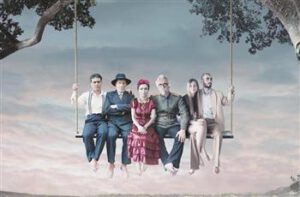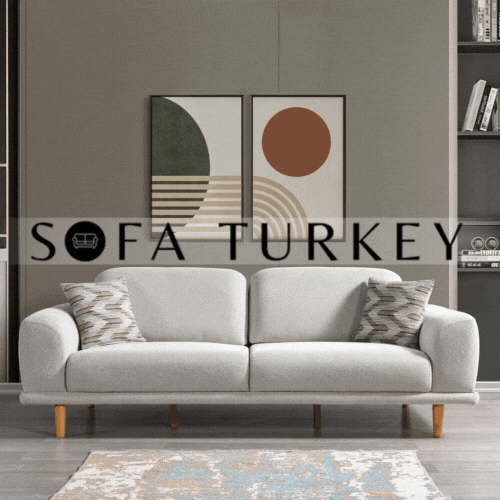 TANAS, a Berlin-based art gallery with a focus on following and presenting ongoing developments in contemporary Turkish art in Berlin, is currently showing a new exhibition titled “Turkish Art New and Superb.”
TANAS, a Berlin-based art gallery with a focus on following and presenting ongoing developments in contemporary Turkish art in Berlin, is currently showing a new exhibition titled “Turkish Art New and Superb.”
With work from artists focusing on all aspects of daily life, the exhibition reveals how the Turkish contemporary art scene is perceived overseas. TANAS strives to operate as a platform for creating and continuing discourse and interaction between Turkish artists, gallery curators and the German audience. This is also the mission of the gallery’s latest exhibition, curated by René Block and Ece Pazarbaşı.
The exhibition strives to bring out the local cultural landscape along with the social and political implications it reveals through selected works. Berlin is the ideal setting for such an undertaking.
Having worked with Turkish artists before and continuously having searched for a breath of fresh air in the often stuffy contemporary art world, Block aimed to showcase 13 contemporary artists, most of whom were born in Turkey in the 1970s and now live in Istanbul.
“Turkish Art New and Superb” brings together Mehtap Baydu, Bashir Borlakov, Banu Cennetoğlu, Aslı Çavuşoğlu, Cevdet Erek, Ha Za Vu Zu, Nuri Kuzucan, Ali Miharbi, Yasemin Özcan, Serkan Özkaya, Güneş Terkol, Vahit Tuna and Shiri Zinn.
The show, which found its place between dOCUMENTA (13) in Kassel and the Berlin Biennale, draws attention to national attributions and identity. Given the works of the show and their focus point, the exhibition may also be referred to as a parallel event of the various art events taking place during the biennial, which is continuing until July 1.
The concept of “Turkish Art New and Superb” does not attempt to belabor the typical clichés of so-called “easily palatable” Turkish art. Rather, Block and Pazarbaşı have very conscientiously curated a selection of artists and works that clearly stake their own artistic ground. The challenging artists direct their critical gaze at all aspects of daily life – at society, politics, history, and culture and their inherent antagonisms and interconnections.
Themes of national attributions and features of identity are in no way denied in TANAS’ latest exhibition. Instead, the show demonstrates that Turkey’s newly flourishing art scene is no longer concentrating solely on traditional patterns. The artists’ works reveal untraditional patterns, as they focus on institutions, urban life and identities. The works vary from sculptures, oil on canvas, installations, photography and video art works.
















